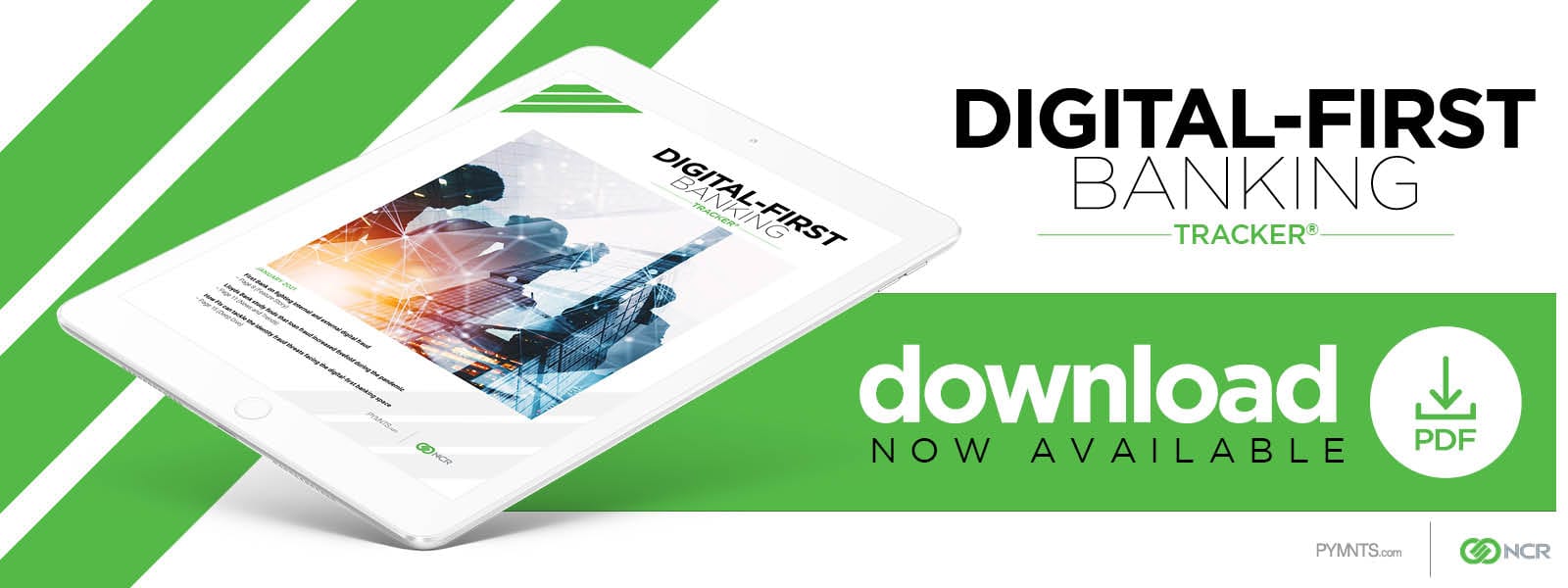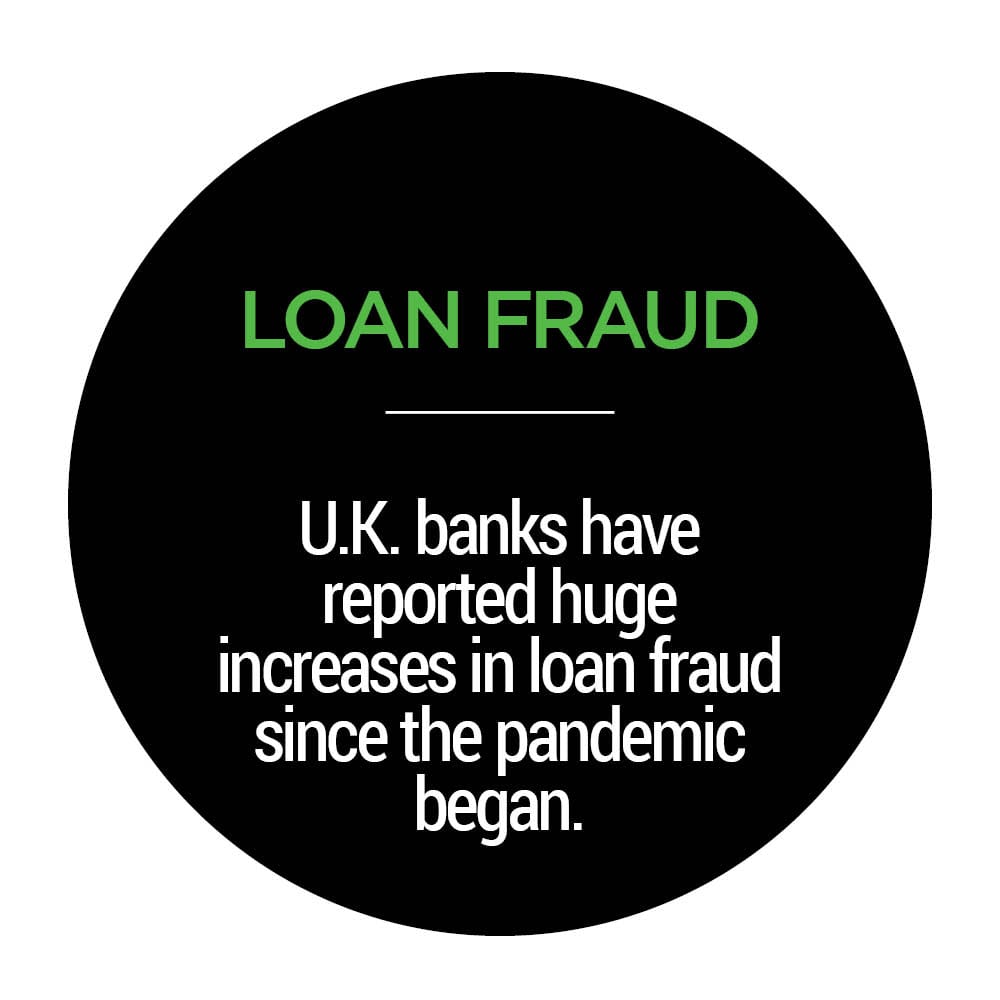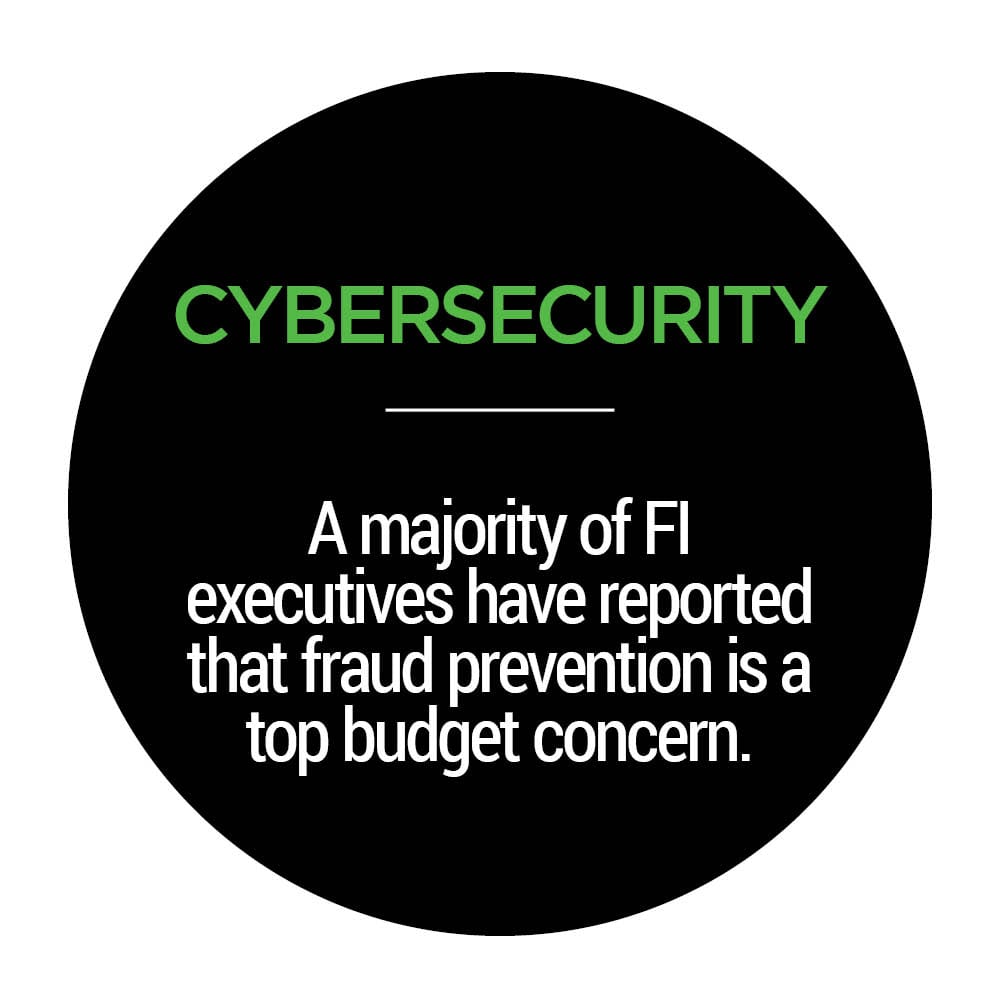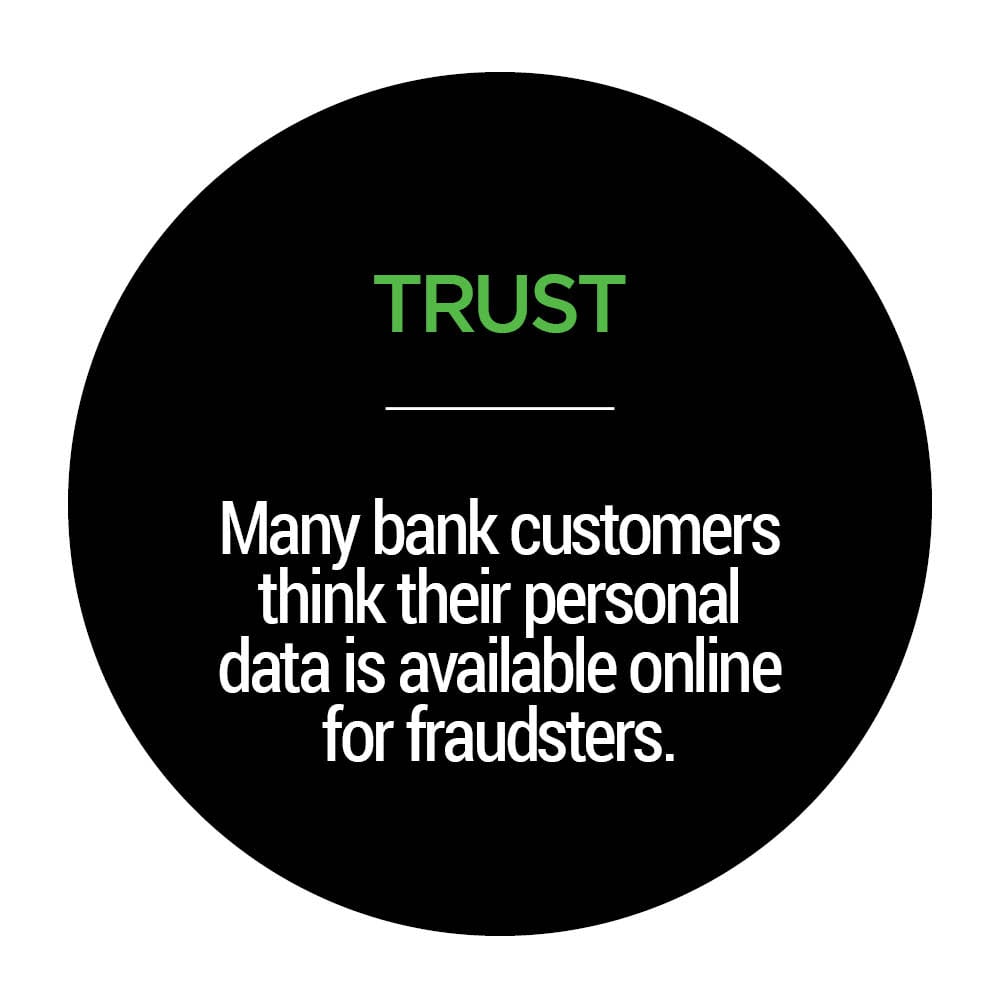First Bank Takes Two-Pronged Approach To Fighting Internal, External Fraud Threats

 The banking industry is still grappling with the pandemic’s unprecedented effects, including a broad digital shift across numerous sectors. Digital banking apps in particular have benefited from this new trend, with 60 percent of bank customers using such apps more often during the health crisis instead of visiting brick-and-mortar branches.
The banking industry is still grappling with the pandemic’s unprecedented effects, including a broad digital shift across numerous sectors. Digital banking apps in particular have benefited from this new trend, with 60 percent of bank customers using such apps more often during the health crisis instead of visiting brick-and-mortar branches.
This increased digital engagement can create challenges, however, as it opens up new avenues for fraud in addition to making transactions more convenient for customers. Bad actors have more opportunities than ever to exploit first-time digital banking users, many of whom are not digitally savvy enough to protect themselves. They often hack into these consumers’ accounts using passwords stolen from other sites that use the same login credentials, for example.
In the January Digital-First Banking Tracker®, PYMNTS explores the latest in the world of digital-first banking, including how digital banking apps have resulted in increased customer engagement, the fraud threats facing the financial industry and the countermeasures financial institutions (FIs) are deploying to head them off.
 Developments From The Digital-First Banking World
Developments From The Digital-First Banking World
One type of scheme witnessing a resurgence during the pandemic is state-backed loan fraud in which fraudsters illegitimately apply for government funds meant to bail out struggling businesses. A Lloyds Bank study found that this type of fraud has increased fivefold over the past year, accounting for up to 1 percent of all loan applications. Fighting this type of fraud can have unforeseen consequences for legitimate customers, however, as delaying payments can prove disastrous for businesses in dire need of cash.
FIs’ fraud-fighting budgets are hitting record highs as the threat of cybercrime continues to grow. Banks were expected to boost their cybersecurity budgets by 15 percent in 2020 compared to previous years, spending an average of $3,000 per employee on such upgrades. This development comes as 68 percent of fraud experts reported increases in cybercrime over the past year, with many fraudsters posing as government officials or public health experts to swindle victims out of their money or personal data.
Despite the security investments needed to adequately safeguard new digital solutions, banks’ di gital-first innovations are fostering trust and satisfaction among customers. A survey found that 27 percent of bank customers reported improvements in customer service over the past year thanks to new digital banking services. This trend is expected to result in a long-term shift toward digital banking, with 53 percent of new users planning to continue using banking apps even after the pandemic ends.
gital-first innovations are fostering trust and satisfaction among customers. A survey found that 27 percent of bank customers reported improvements in customer service over the past year thanks to new digital banking services. This trend is expected to result in a long-term shift toward digital banking, with 53 percent of new users planning to continue using banking apps even after the pandemic ends.
For more on these and other digital-first banking news items, download this month’s Tracker.
Why Digital-First Banks Require Different Defenses For Varied Fraud Threats
Data breaches, botnet attacks and other forms of external threats are well-known to digital-first banks. But internal threats, such as those that occur when employees’ credentials are compromised in phishing attacks, are just as imperiling and can bypass banks’ external defenses.
In this month’s Digital-First Banking Tracker, PYMNTS spoke with Bala Nibhanupudi, chief technical officer at Missouri-based First Bank, about why internal and external threats require different countermeasures.
 Deep Dive: Keeping Digital-First Banks Secure Even As Fraud Rises
Deep Dive: Keeping Digital-First Banks Secure Even As Fraud Rises
Digital banking’s surging popularity has been something of a mixed blessing for banks and their customers, enabling greater access to financial services but also opening new doors for fraudsters. Fraud involving stolen and synthetic identities is one of the most common types, but banks are deploying innovative authentication protocols to secure their digital technologies.
This month’s Deep Dive explores the various schemes bad actors use to defraud digital-first banks and their customers as well as the biometric tools that FIs are using to thwart them.
About The Tracker
The Digital-First Banking Tracker®, a PYMNTS and NCR Corporation collaboration, is the go-to monthly resource for updates on trends and changes in digital-first banking.